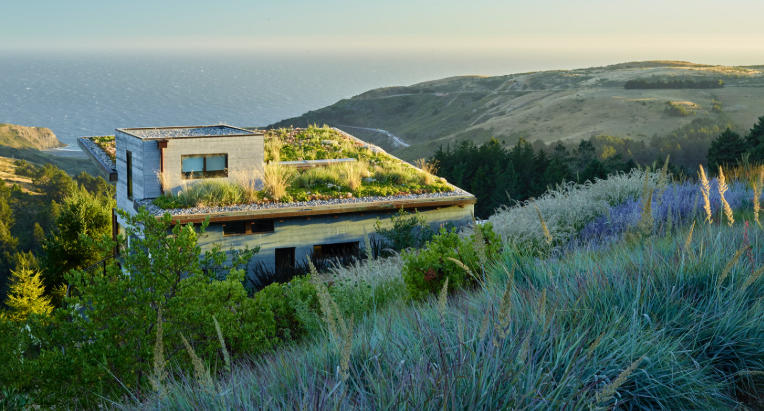The Impact of Topography on Norwegian Architecture
Norway’s stunning landscapes—characterized by dramatic mountains, deep fjords, and expansive coastlines—have played a pivotal role in shaping its architectural identity. Understanding how topography influences design not only highlights the ingenuity of Norwegian architects but also reveals the deep connection between nature and habitat in this beautiful country.
Adapting to the Natural Landscape
In Norway, architecture often mimics the surrounding environment, creating structures that harmonize with the topography rather than disrupt it. Designers frequently use local materials and innovative building techniques to blend homes and public spaces seamlessly into the landscape. For instance, the use of green roofs can help integrate buildings into grassy hillsides, while timber construction reflects traditional methods and emphasizes sustainability. This adaptation not only ensures aesthetic appeal but also enhances the longevity of the structures against harsh weather conditions.
Elevated Designs and Terracing
The rugged Norwegian terrain frequently necessitates elevated designs and terraced structures. In areas where steep slopes arise, architects often opt for multi-level homes or buildings that take advantage of gravity, ensuring stability and captivating views. This not only provides practical solutions for space but also enables residents to experience the breathtaking landscapes from various vantage points. Such designs are particularly prevalent in mountain communities, where maximizing exposure to sunlight and minimizing snow accumulation becomes essential.
Cultural Significance of Location
In Norway, the placement of a building is deeply rooted in cultural significance and historical context. Traditional Norwegian architecture often situates homes close to water sources or strategic vantage points, allowing residents to connect with both nature and their community. This connection is reflected in the iconic boathouses along the coast, which serve both functional and aesthetic purposes. Today’s architects continue to honor this tradition, taking care to respect the cultural narratives tied to specific locations, whether through the use of local art or retaining historical design elements.
Conclusion
The interplay between topography and architecture in Norway is a testament to the country’s profound respect for its natural environment. By observing how architects adapt to their surroundings, we can appreciate not only the beauty of Norwegian buildings but also their functionality and cultural relevance. Whether you’re an architecture enthusiast or simply admire beautiful landscapes, delving deeper into the subject can provide a richer understanding of how environment and design intersect. Explore more about Norwegian architecture to gain insights into this unique blend of nature and human creativity!

